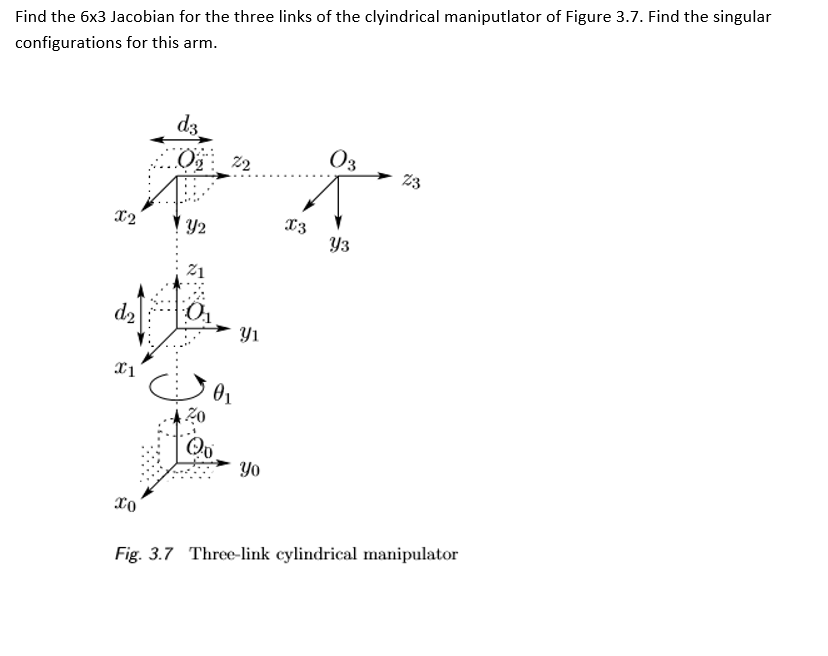

Click OK and a small Cartesian graph of S11 and S21 will appear in the previously blank page.Double-click “dBS11” and “dBS21” in the “Dataset” list on the left of the dialog box, which will insert them into the “Graph” list on the right of this dialog box.S21 will essentially give us the graphed transfer function of the filter over the frequency range, illustrating how much power will appear at the output of the filter at any given frequency within the simulation range. S11 will show us the return loss looking into port 1 of the filter. This is where you will choose the data from the simulation to be displayed. A new “Edit Diagram Properties” dialog box will appear as soon as you released the left mouse button in step 11.In the main dock window, under diagrams, click and drag the “Cartesian” diagram to the main window, then release the left mouse button.A new window will open once the simulation is finished.You will be prompted to save the schematic.Press F2, or go to the “Simulation” menu and click “Simulate” to run the simulation on your circuit.The circuit and its relevant S-parameter simulation is ready for simulation. Align the schematic diagram as you wish, and click the left mouse button.Press CTRL-V or go to the “Edit” menu and click “Paste”.The filter circuit which you just designed is in the clipboard and ready to paste into the schematic window. Exit the filter synthesis window and return to the schematic editor.If your chosen parameters are workable, you will be greeted with the text “Result: Successful“ Click “Calculate and put into Clipboard”.In this case, the corner frequency will be the 3 dB roll-off point of your filter. For our example, we are doing an LC filter, Pi type (where the first branch is a shunt), Bessel type, Low pass, Third ( order – scroll down to the Example for mathematical info), and a corner frequency of 1 GHz. The filter synthesis window will open.At the top menu, under “Tools”, click “Filter synthesis”.
Jacobian singular qucs full size#
Click the images for a full size version. Let’s create a simple 3-pole, low pass, Bessel type LC filter. QUCS seems to have matured and expanded a lot in version 0.0.19, and this filter synthesis functionality is barely scratching the surface of what this utility can do. Recently however, I dived into the filter synthesis part of QUCS, and I have to say I’m really impressed. I first tried QUCS about a ten years ago, and for whatever reason (lack of program maturity, lack of my own persistence) I didn’t give it much time. QUCS, or Quite Universal Circuit Simulator, is a freeware utility that allows you to draw circuit schematics, and perform AC & DC simulation, noise simulation (for S-parameters, and AC simulations), S-parameter simulation, and a whole lot more upon them.


 0 kommentar(er)
0 kommentar(er)
